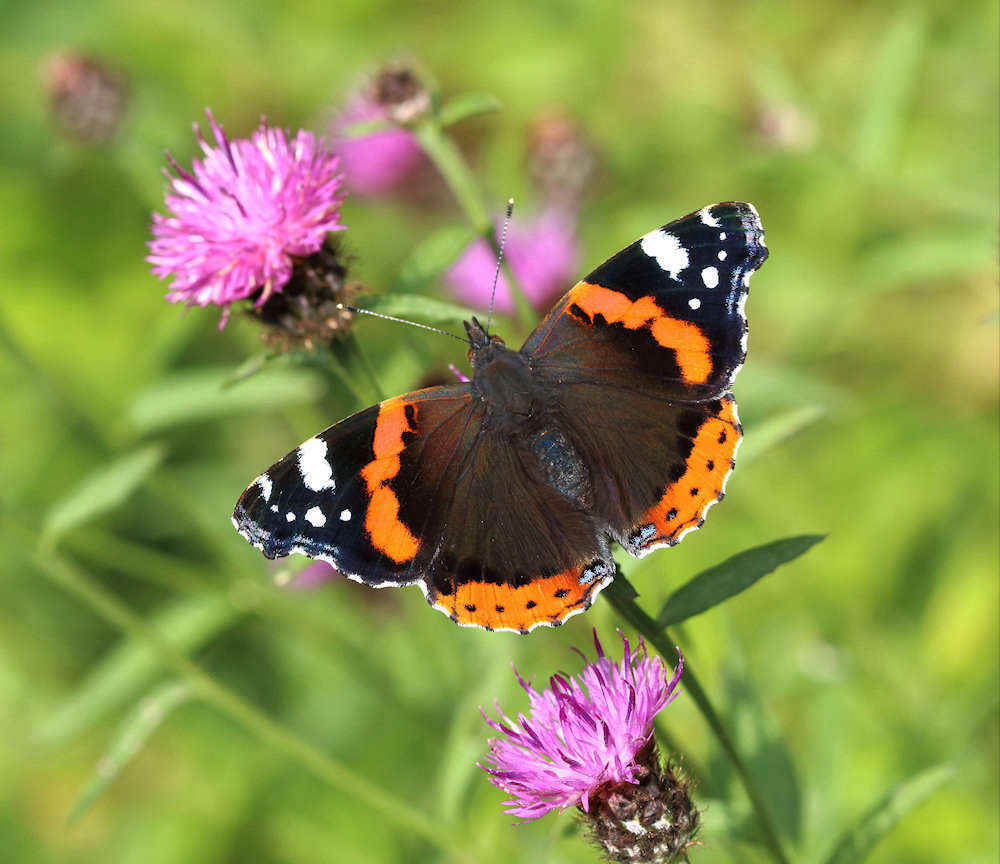
Last summer, people in Suffolk spotted 43,136 butterflies and day-flying moths during the Big Butterfly Count. The wildlife conservation charity Butterfly Conservation is issuing a rallying cry to people in the region to help beat that this year.
In 2023, people across Suffolk did 2,983 Big Butterfly Counts, with the Red Admiral taking the top spot for species sightings. Scientists are hoping even more people will take part to help find out what’s happening with the region’s butterflies before the Count ends on Sunday 4 August.
After analysing 50 years of data, researchers have discovered a clear northward spread for many species, including common garden favourites the Peacock, Comma and Holly Blue, the result of climate change creating warmer habitats for them to survive in.
Butterflies are indicators of the health of the natural environment; half of Britain’s butterfly species are already threatened or near threatened with extinction. Butterfly Conservation says it’s important to understand how these species are responding to the changing climate and to take action to protect them.
Dr Zoë Randle, Senior Surveys Officer at Butterfly Conservation explains: ‘We really need people across Suffolk to get out for the Count to help us understand the impact of climate change on our most-loved butterflies.
Top 10 Butterflies Found in the UK
Red Admiral (Vanessa atalanta)
Recognizable by its striking black wings with red bands and white spots.
Small Tortoiseshell (Aglais urticae)
Known for its orange and black patterned wings with blue spots along the edges.
Peacock (Aglais io)
Distinguished by its eye-like markings on each wing, giving it the appearance of a peacock’s tail.
Painted Lady (Vanessa cardui)
Features a mix of orange, black, and white on its wings and is known for its long migration journey.
Comma (Polygonia c-album)
Noted for its ragged wing edges and orange and brown coloration with unique comma-shaped markings on the undersides.
Large White (Pieris brassicae)
Often called the cabbage white, it has large white wings with black tips.
Small White (Pieris rapae)
Similar to the large white but smaller and with less pronounced black tips.
Brimstone (Gonepteryx rhamni)
Easily identifiable by its lemon-yellow wings, particularly in males.
Common Blue (Polyommatus icarus)
The males are a vivid blue, while females are brown with orange spots, often seen in grassy areas.
Holly Blue (Celastrina argiolus)
Light blue wings with a silvery underside, usually found near holly or ivy.

“We’re relying on everyone, everywhere to spend just 15 minutes outdoors and let us know what they see. With species on the move, someone in Suffolk might even be the first to spot a new species in their area."
Butterfly Conservation’s Big Butterfly Count takes just 15 minutes in a sunny spot. It’s free to take part and is open to anyone, of any age, in any part of the UK - towns, cities or the countryside. Any space can be used such as a back garden, terrace or balcony with some pot plants, a public park, allotment or country lane are all important spaces to explore, track and report.
Last year more than 135,000 Counts took place up and down the country, with participants spending a combined four years counting butterflies in their gardens, local parks, urban community spaces, balconies, courtyards and in the countryside.
The information gathered helps to inform conservation projects, government policies and supports other experts with their research.
This year’s Big Butterfly Count runs through Sunday 4 August and and can also be accessed using a mobile app.
More information www.bigbutterflycount.org.
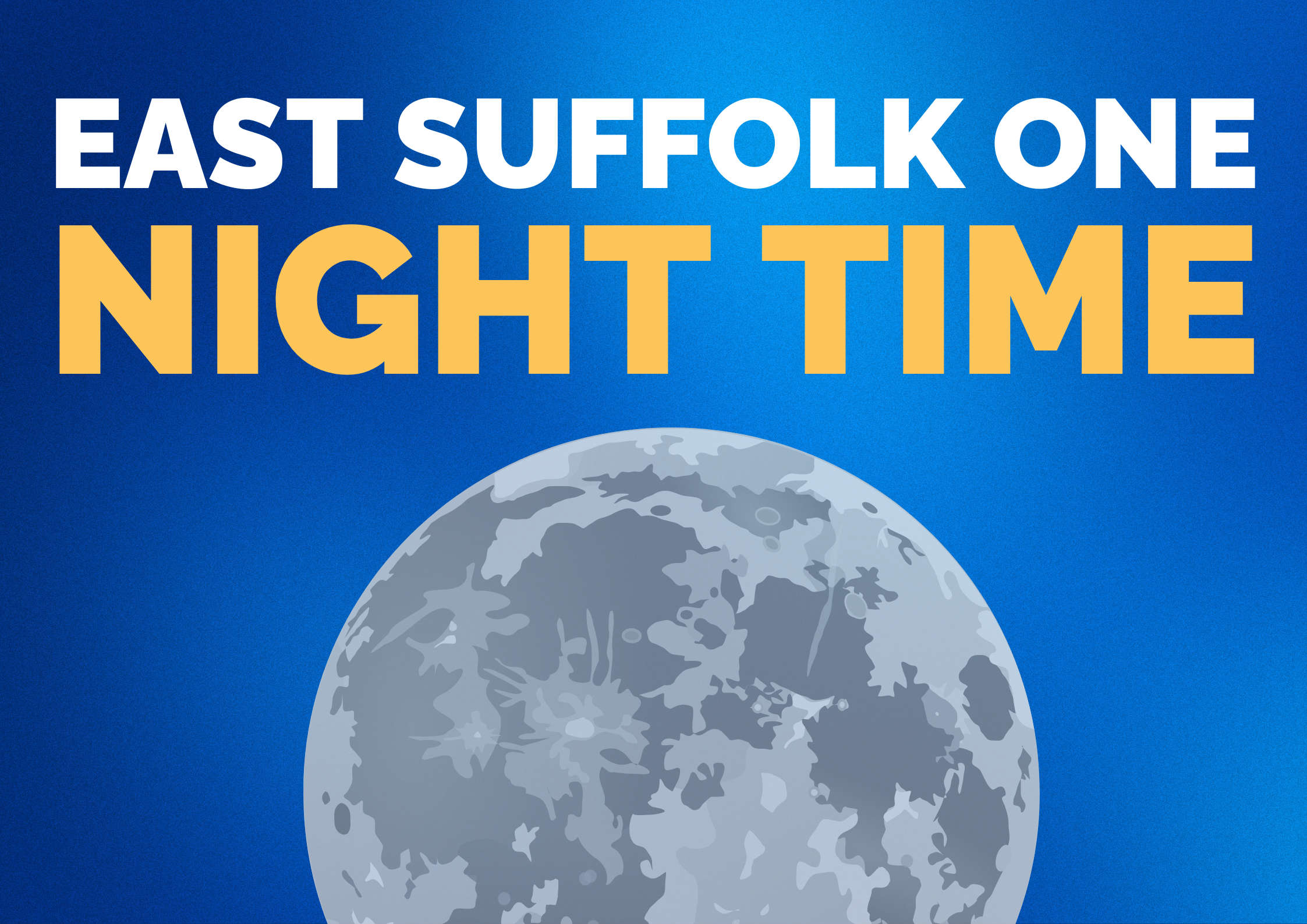
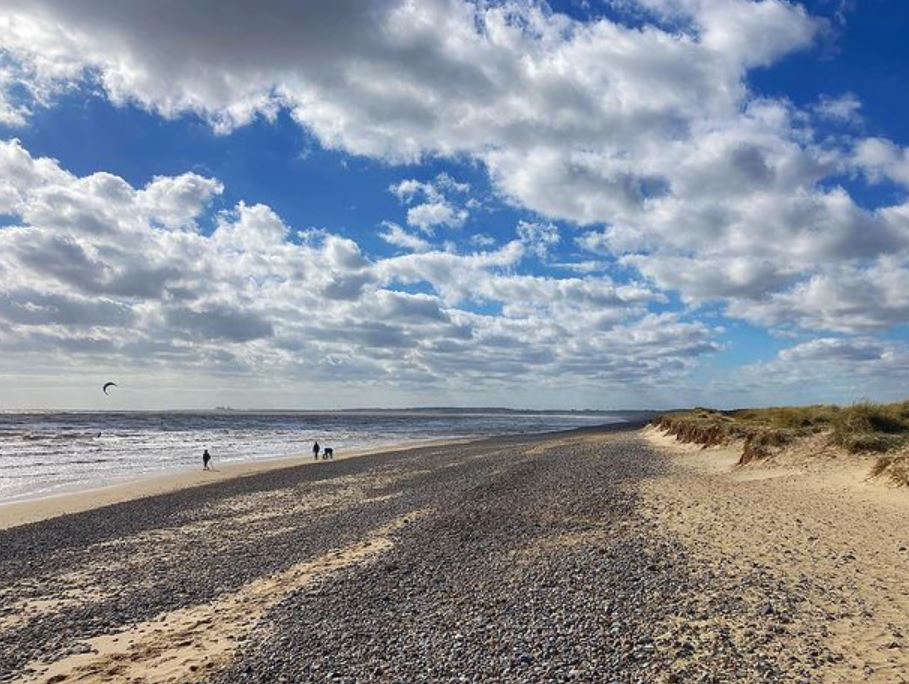 Saxmundham Town Council's 'Serious Concern' Over Energy Plans
Saxmundham Town Council's 'Serious Concern' Over Energy Plans
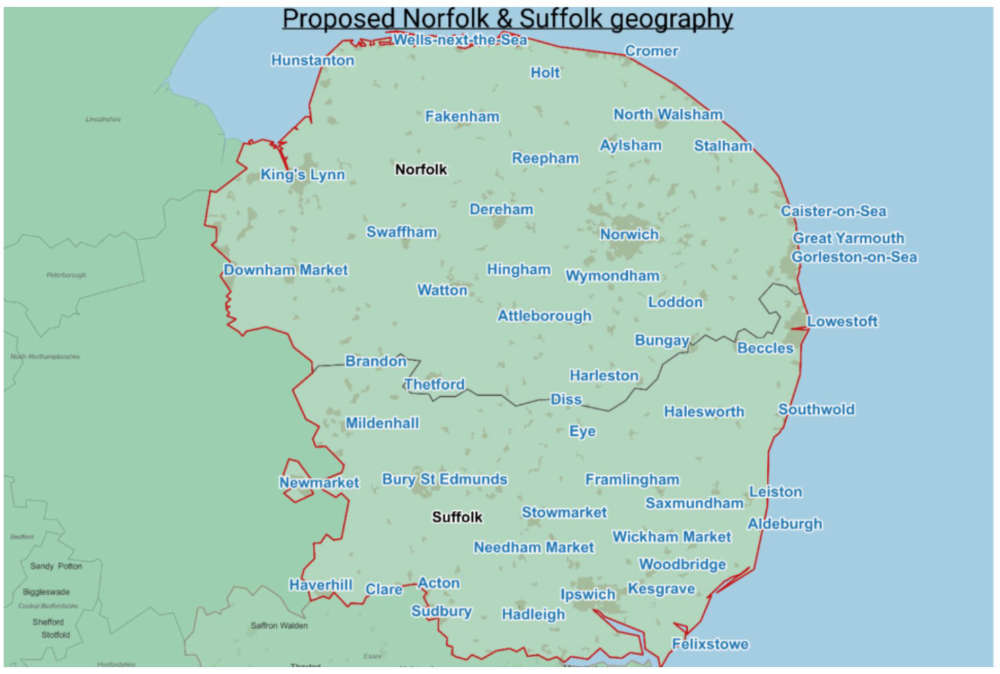 No Local Elections for East Suffolk
No Local Elections for East Suffolk
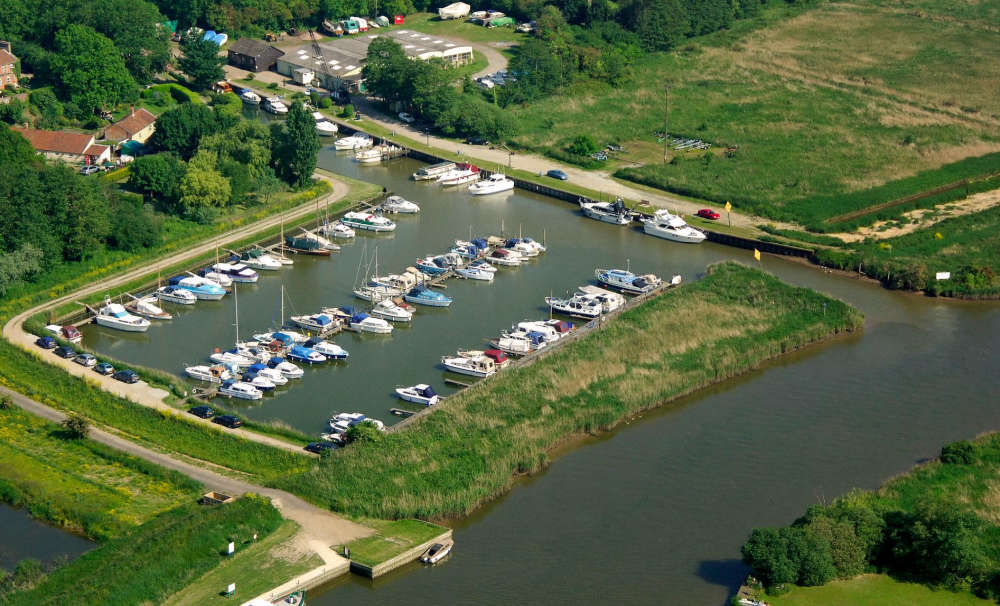 Someleyton Emergency Boat Rescue
Someleyton Emergency Boat Rescue
 Halesworth's INK Festival 2025
Halesworth's INK Festival 2025
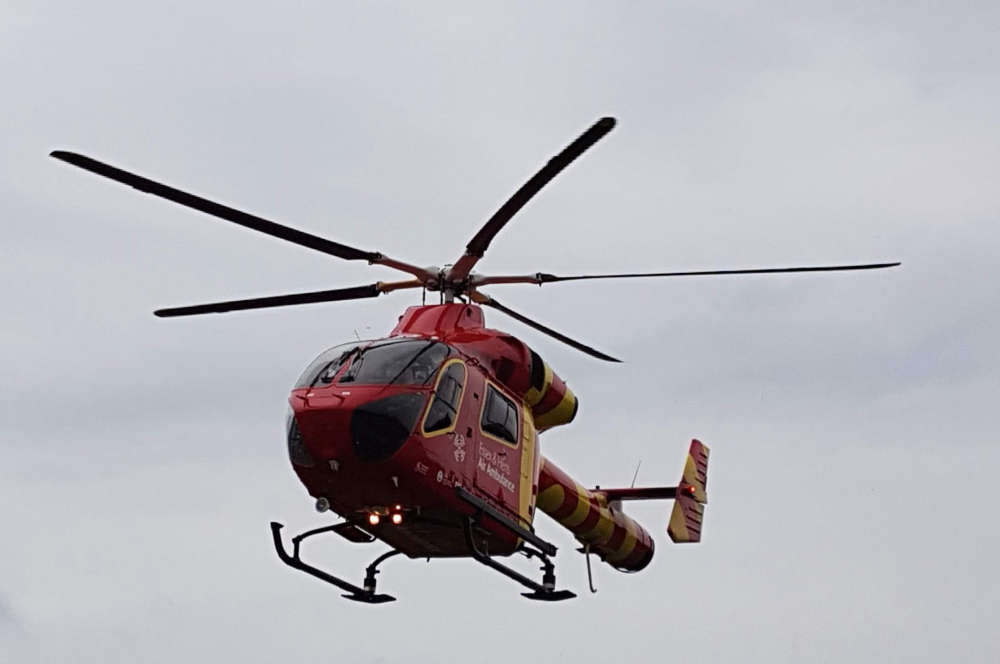 Man Airlifted to Hospital After Lowestoft Road Collision
Man Airlifted to Hospital After Lowestoft Road Collision
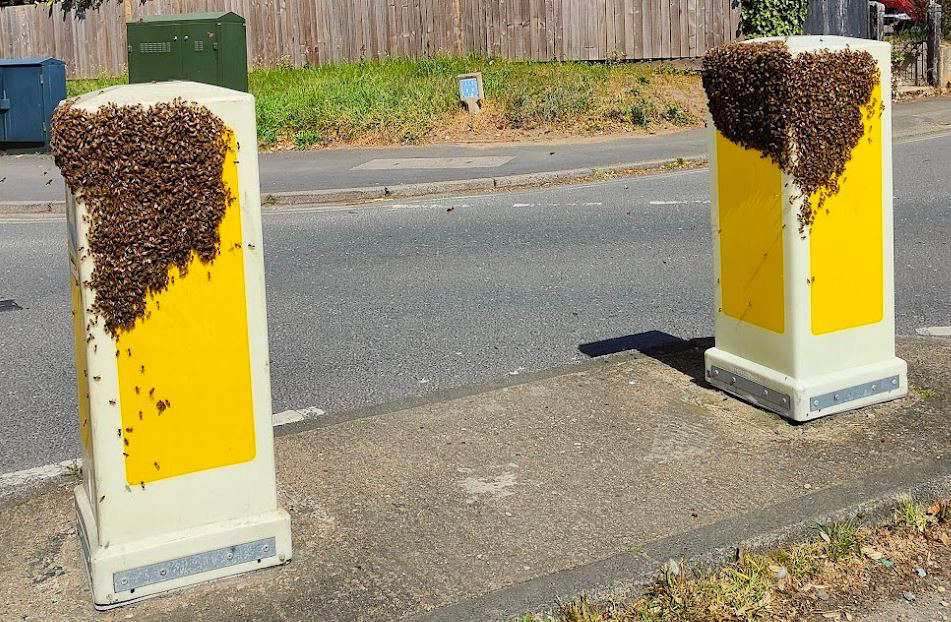 Beccles Bee Road Sign Swarms
Beccles Bee Road Sign Swarms
 Reducing Litter Beside East Suffolk’s Busy Roads
Reducing Litter Beside East Suffolk’s Busy Roads
 Lowestoft Seafront to Shut for Major Development Work
Lowestoft Seafront to Shut for Major Development Work